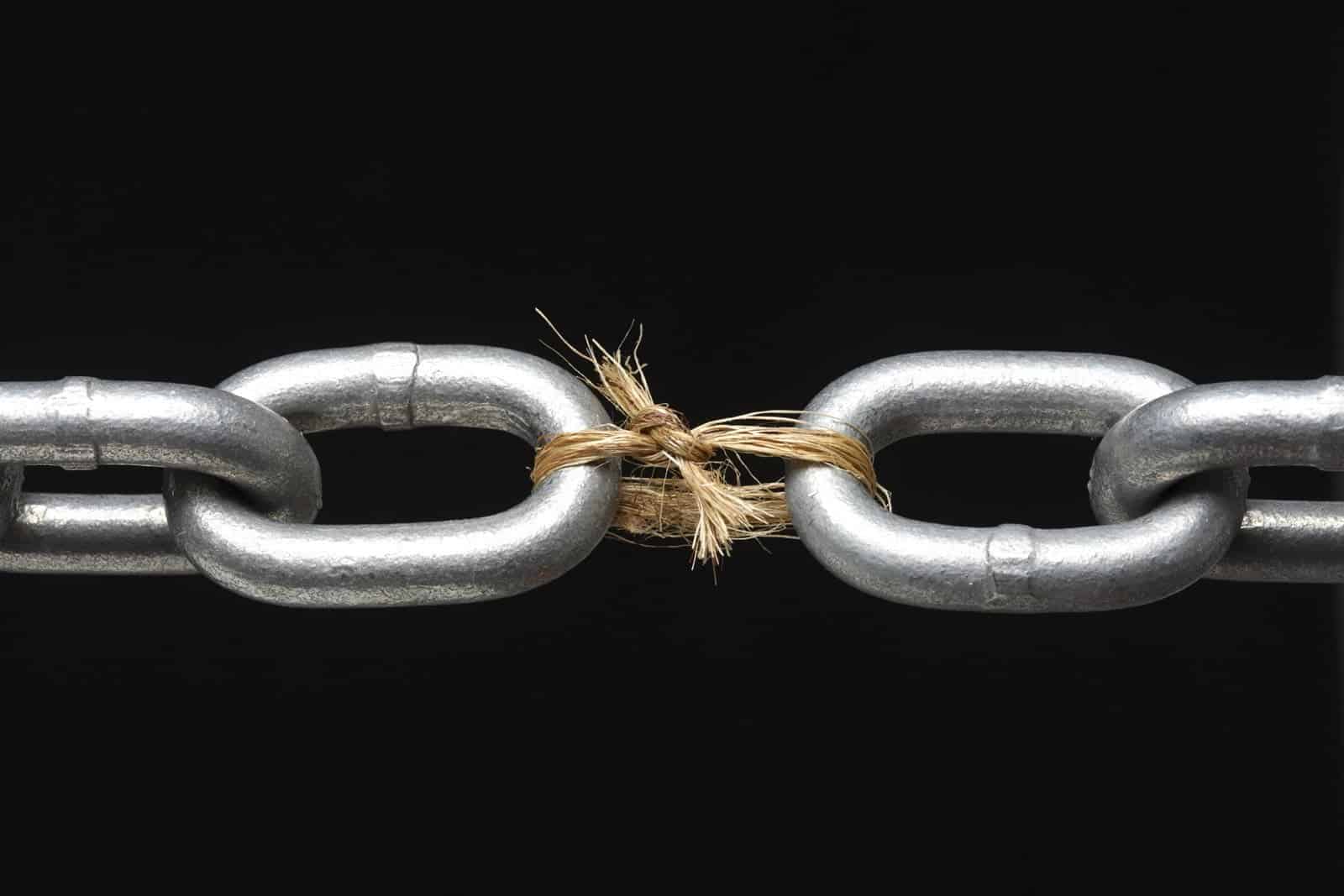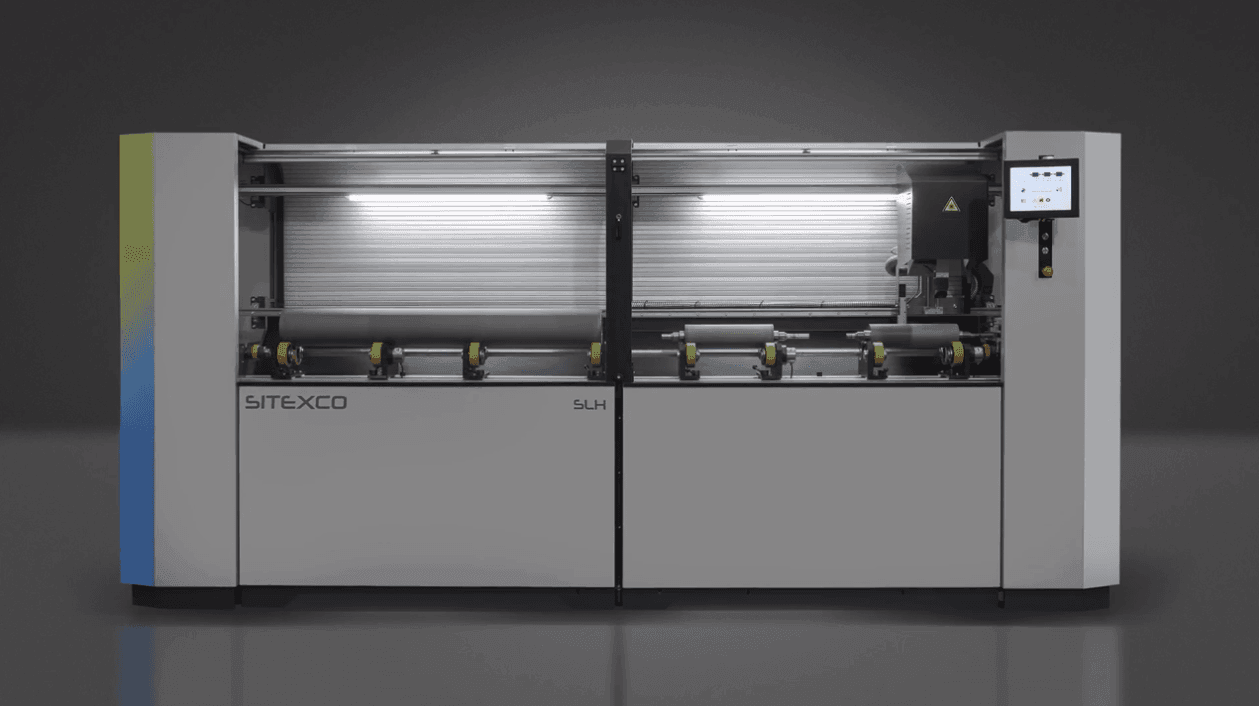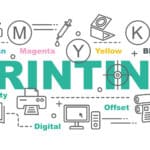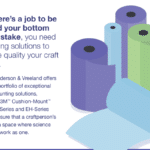Where is your Weakest Link?
The real estate on your shop floor, from prepress to production to shipping is well-packed with tools and equipment you rely on every day. The machines you’ve chosen all serve a purpose and help ensure your company turns out the best labels and packaging possible. But are you doing enough? And are there any weak links in your production process?
These are not idle questions, because some shops can be a little light on the details that can make a big difference in the quality of the work produced. It is not that a shop owner is ignoring important parts of his or her operation, but that there are some less visible items that are quite important and even very visible ones that may be ignored or considered as less than essential.
Out of Sight, Out of Mind
Take magnets and filters, for example. Deep inside each of your ink tanks is a filter that helps ensure your inks are as clean and free from contaminants as possible. This is especially important in busy shops where the presses never seem to stop running, or in ones (not yours, of course!) where anilox roll cleanliness may not always be a high priority. The filter, which should be changed at least once a week, is an inexpensive consumable that is easy for a press operator to overlook, especially when hurrying through scheduled maintenance downtime. The result of this neglect can make it harder to achieve accurate colors, increase the cost to run jobs, and can even affect the useful life of anilox rolls. It’s easy to have needed filters on hand and to institute the practice of always installing new filters during scheduled maintenance.
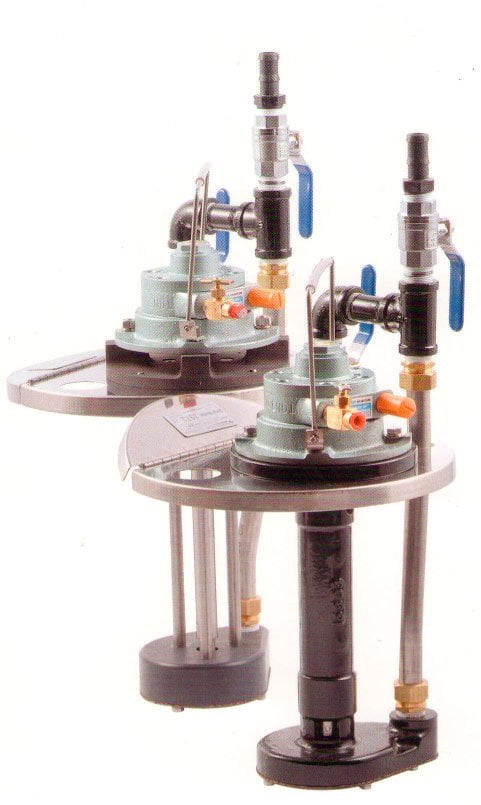 Helping the filter do its job is a magnet, another “out of sight, out of mind” item. Its job is to capture stray metal particles from being circulated in an ink tray and finding their way to being lodged between a doctor blade and an anilox roll where the offending bit of metal can score the roll, leave an unprinted streak on the substrate, or both. Metal particles often come from damaged doctor blades but aren’t always trapped by the filter, making it the magnet’s job to capture those errant bits of steel before they cause a problem. Magnets typically last a long time and don’t really wear out, but we often find they have been removed—probably during a maintenance cycle—because there was no replacement in stock.
Helping the filter do its job is a magnet, another “out of sight, out of mind” item. Its job is to capture stray metal particles from being circulated in an ink tray and finding their way to being lodged between a doctor blade and an anilox roll where the offending bit of metal can score the roll, leave an unprinted streak on the substrate, or both. Metal particles often come from damaged doctor blades but aren’t always trapped by the filter, making it the magnet’s job to capture those errant bits of steel before they cause a problem. Magnets typically last a long time and don’t really wear out, but we often find they have been removed—probably during a maintenance cycle—because there was no replacement in stock.
Keeping all your inks moving are pumps. Also long-lived items, pumps are essential components that help keep your inks circulating and flowing through the filter and over the magnet. Like the fuel pump in your car or truck, you probably don’t think much about your pumps until one fails, but when it does your productivity suffers almost immediately. Ask your Anderson & Vreeland representative about your pumps and how often, based on your volume, you should plan for replacement. You may be fine keeping a couple in stock, or perhaps they should be replaced on a pre-determined schedule. But don’t forget about them because you don’t want to be caught unable to use a press due to a pump failure when you’re staring down a critical deadline.
Related to filters, pumps and magnets are anilox roll cleaning systems. These are available using chemicals, water wash, and in ultrasonic versions but are often left off shops’ inventory. Over time, it is more efficient and less expensive to clean your own rolls in-house on a regular schedule than it is to send them out, and in most cases also extends the life of expensive rolls.
Color Matters
Meanwhile, over in prepress, your team is facing increased demands for the color to be spot on. Retail sales are a big driver, with brand owners expecting colors to match perfectly when lined up on store shelves. This was (maybe) a bit easier in the old days when there were only four colors to worry about, but the days of CMYK being the only concern are fading fast. And even within that relatively narrow gamut, there is plenty of room for colors to be different than expected.
Color and workflow management software can help here, but nothing beats the human eye to help ensure each color will render exactly as a customer specifies. In your prepress room, this means a top-quality printer to produce proofs and a color-correct viewing booth. After all, it is much better to identify and remedy problems before 45,000 feet of substrate rolls through your press only to have a customer tell you their favorite corporate green is a couple of shades too light or dark.
There are several other areas where paying attention to the details can make your business more efficient, more productive, put money on your bottom line, and help you make those college tuition payments. And we can help with all of this. So talk with us at andersonvreeland.com to learn more about how to find and eliminate any weak links in your prepress and production processes.

